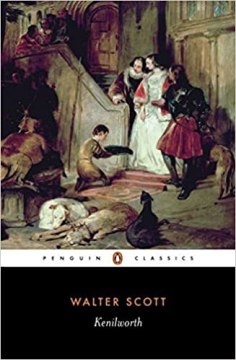I happened to read a comment that Sir Walter Scott had led a sad life, which made me realize that I knew nothing about him. So, I looked for a biography, but I might have done better to look for a used book. I was concentrating on not getting a print on demand book but ended up with one anyway. Boy, I hate those things.
I wouldn’t necessarily call Scott’s life sad. He overcame childhood disease that sounds like polio and resulted in a withered, weakened leg. However, because of strenuous exercise, he became remarkably fit until the strains of later life.
He was also crossed in love but overcame that as well, and two years later formed a lifelong attachment to his wife, Charlotte. He remained warm friends with the man who married his first love, Wilhelmina Stuart.
In actuality, Scott was successful at everything he did until the stresses of later years resulted in several strokes. Even then, he was amazingly productive. However, a collapse of a series of businesses, for which he was in no way responsible but took responsibility for, resulted in the ruination of him and his partner in a printing company, and he was doggedly repaying his debts the last few years of his life.
The book is interesting enough for about half the time, but the problem with it is that the author is obsessed with the biography written by Scott’s son-in-law, Lockhart. Although Wright frequently criticizes Lockhart’s wordy, “journalistic” writing style, this book would have been half as long if Wright wasn’t concerned to refute practically everything Lockhart said about Scott, even to the point of repeatedly calling Lockhart a liar. The problem with this for readers who have not read the Lockhart book is that they therefore don’t care.
As for my edition by Borgo Press, it was full of typographical errors and oddities, probably as a result of an old text being machine-read with no subsequent human editing.









